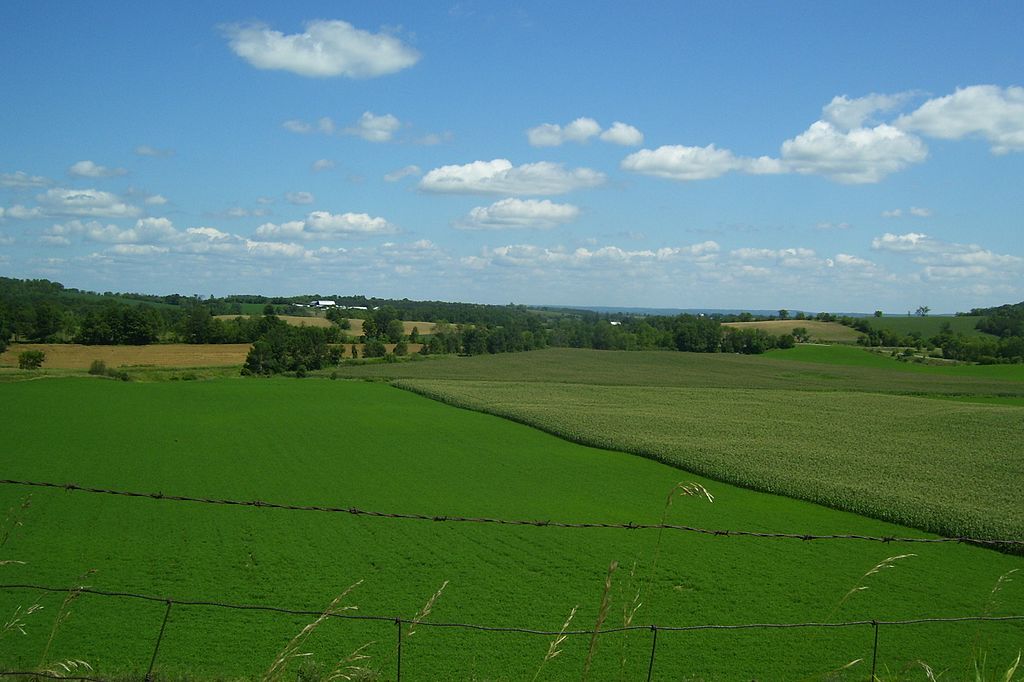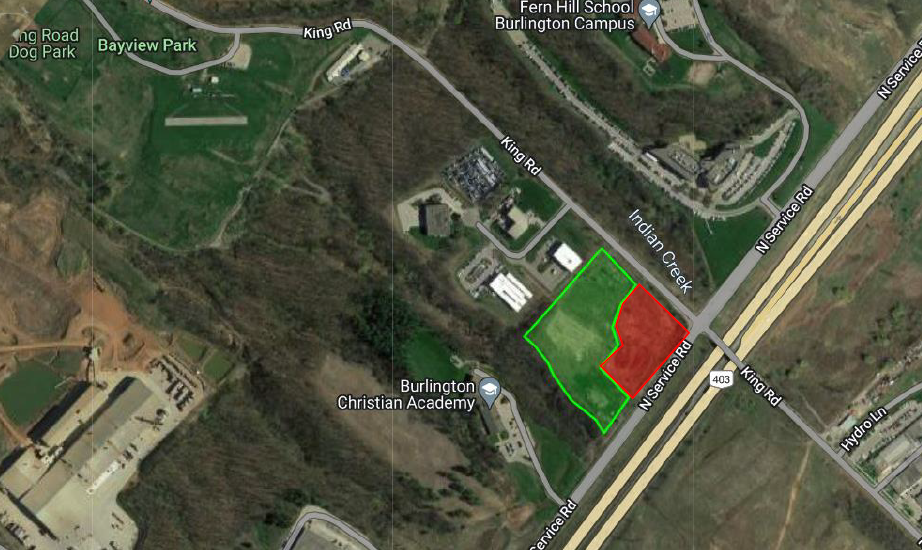Analysis.
By Councillor Paul Sharman
At Halton Council on Wednesday, February 16, 2022, a motion was presented by Mayors Burton and Meed Ward regarding the planned Halton urban boundary expansion. The motion may have the effect of derailing the Preferred Growth Concept that was recommended by planning staff, as well as the aspirations of Halton Hills and Milton councils to create well-planned, complete communities. These provincially-compliant plans cost hundreds of thousands of taxpayers’ dollars, many years of work by professionals, and thousands of pages of analysis to thoroughly prepare. The motion was approved in a vote by members of council, 15 for and nine against.
The entire database of reports and recordings of council meetings and proceedings on the subject can be found online here: https://www.halton.ca/The-Region/Regional-Planning/Regional-Official-Plan-(ROP)-(1)/Halton-s-Regional-Official-Plan-Review-(ROPR)#9001.
The reasons I voted against the south Halton municipalities’ mayors’ motion to disrupt Halton Hills’ and Milton’s legitimate and justified desire, need, and rights to expand their urban boundaries are the following:
1) The region followed provincial planning guidelines to the letter;
2) The Land Needs Assessment analysis is based on market demand criteria established by the province and, if anything, understates reasonable and expected future buyer preferences;
3) The plan already includes the fact that 80% of new residential units will be densified, requiring a significant number of apartments/condos in order to achieve the province’s goal of 50% overall urban densification. Planning staff and consultants have been clear that further densification is “not realistic”;
4) Milton and Halton Hills have already deemed that the conversion of land is necessary to create complete communities. Without additional land, the long-planned, provincially-compliant and deeply thought-out design of those communities will be compromised;
5) In the event that market demand is not satisfied, home buyers will buy elsewhere in the Greater Toronto and Hamilton Area, not Halton, and Halton will likely not achieve its minimum provincially-required population growth targets;
6) Irrespective of 5), the region will still have to finance and construct roads, water and sanitary systems to accommodate 1.1 million residents and 500,000 jobs. That means that taxes will increase rapidly if the targeted population does not materialize;
7) Both Milton and Halton Hills councils have approved plans to convert the whitebelt properties into residential and job use, requiring urban boundary expansion. Councillor votes from Oakville and Burlington, the south Halton municipalities, overriding the legitimate and informed decisions of the two northerly municipalities is unfortunate. This is especially true given that Halton Hills and Milton both supported ROPA 48 changes to satisfy Burlington’s community needs;
8) The “prime farmland” has been designated as whitebelt for many years. Its use as farmland is becoming increasingly compromised by encroaching urbanization and highways of surrounding lands. Nor are those farms making a significant contribution to the local food supply. Mostly, they produce grain, beans, and seed that are shipped elsewhere. A further 20% of the “prime farmland” is not used for farming at all;
9) Should new home buyers in search of a more traditional home not be satisfied in Halton as a result of a decision to not permit urban boundary expansion, then they will likely seek housing in a municipality where land is available. That being the case, it is possible that similar amounts of farmland will still be utilized, just not in Halton;
10) The motion passed, which I did not support, seemed to me to be cynical pandering for political purposes in the upcoming municipal election, which is of more relevance to Oakville than Burlington. Burlington voters are more concerned about not wanting to accommodate around 200 30-storey apartment buildings, the equivalent of perhaps five Square Ones but on less land over the next 30 years;
11) Finally, escalating housing prices demonstrates how former municipal pandering to local citizens’ xenophobic preferences to protect their existing built form has created a housing supply shortage. It also means that 90% of Canadians cannot live in Halton because they do not earn enough. That includes perhaps as many 100,000 young Halton residents. We need more houses and employment to accommodate new home buyers within existing communities in order to stop sprawl. That will likely require some expansion of municipal urban boundaries.
The motion brought to Halton Regional Council by Mayors Burton and Meed Ward in opposition to Halton urban expansion is exactly not the right answer to manage, balance, and plan for making the best use of available land for increased population and future demand for housing, jobs, and farm products.




